Yellow/Brown Spots Forming In Yard
WolfAK
10 years ago
Related Stories

GARDENING GUIDESHow to Fix Bare and Yellow Lawn Spots
Restore your turf’s good looks by reseeding unsightly patches
Full Story
TREES11 Japanese Maples for Breathtaking Color and Form
With such a wide range to choose from, there’s a beautiful Japanese maple to suit almost any setting
Full Story
GARDENING GUIDES6 Native Ground Covers for Tough, Dry Spots
Sun beating down on your sandy gravel? Thick shade darkening your clay soil? There’s a ground cover here for you
Full Story
UPHOLSTERYSeeking a Quiet, Relaxed Spot? Try Upholstering Your Walls
Upholstery can envelop an entire room, a framed panel or a single wall. See some design options and learn what to expect
Full Story
LANDSCAPE DESIGNHow and What to Plant in Dry, Sunny Spots
Save water and improve your site’s look with these design tips and help from a pro
Full Story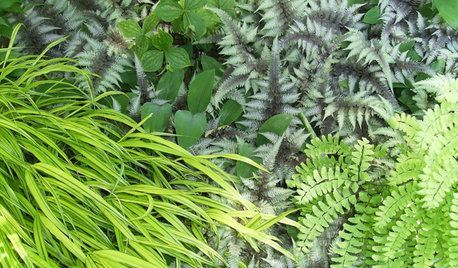
GARDENING GUIDES6 Fantastic Ferns to Enliven Shady Garden Spots
For long-term interest with little upkeep in challenging conditions, ferns might just be your garden's new best friend
Full Story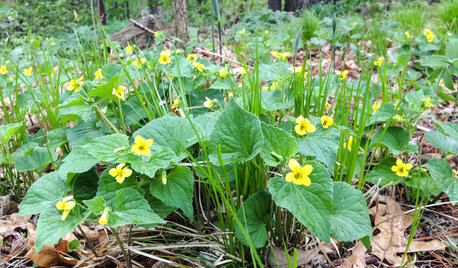
GARDENING GUIDESGreat Design Plant: Viola Pubescens Dots Woodlands With Yellow
Plant downy yellow violet in eastern U.S. woodland gardens for its heart-shaped leaves and bright yellow flowers
Full Story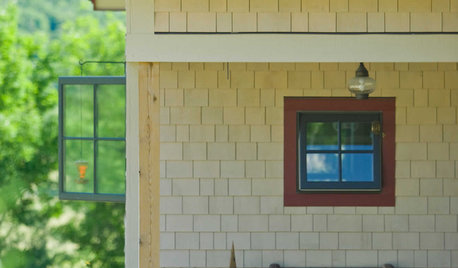
EXTERIOR COLORWhen to Paint Your Home Yellow
Be a cheer leader with this color that captures the sun and radiates a warm welcome
Full Story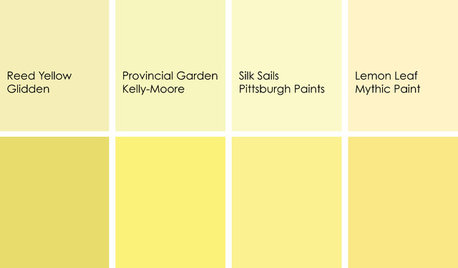
DECORATING GUIDESColor Feast: When to Use Yellow in the Dining Room
Make mealtimes a cheery affair with swaths of this sunshiny hue on your dining room walls, furniture or ceiling
Full Story





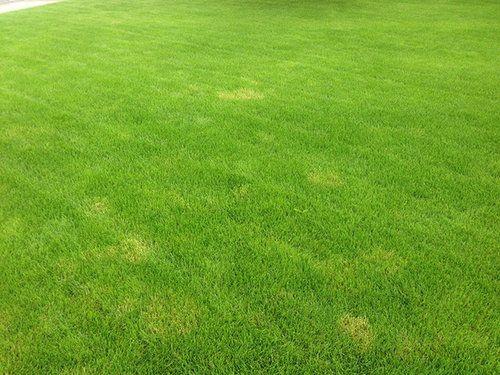


dchall_san_antonio
gardencare
Related Professionals
Fort Lee Landscape Architects & Landscape Designers · Rancho Cordova Landscape Architects & Landscape Designers · Sahuarita Landscape Architects & Landscape Designers · Forest City Landscape Architects & Landscape Designers · Mount Wilson Landscape Architects & Landscape Designers · Goodyear Landscape Contractors · Bedford Heights Landscape Contractors · Bell Gardens Landscape Contractors · Elmhurst Landscape Contractors · Fort Mill Landscape Contractors · Fruit Heights Landscape Contractors · La Mirada Landscape Contractors · Lemay Landscape Contractors · Nutley Landscape Contractors · West Haverstraw Landscape Contractorsdogfriendly123
kbinmd